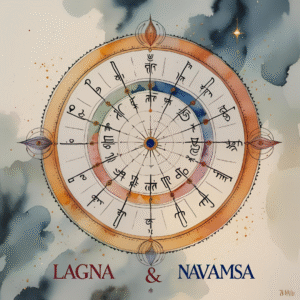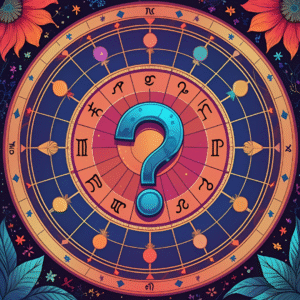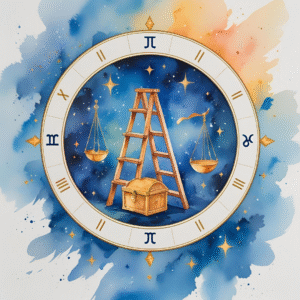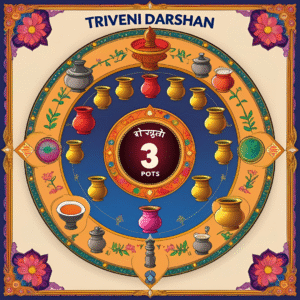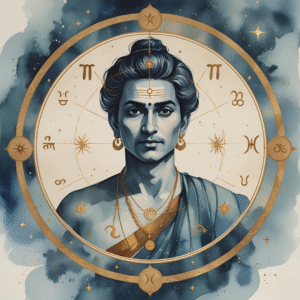
Karma Decoding
In Vedic Astrology, the concept of karma is central—our present life is shaped by past deeds, and our future unfolds through actions we choose today. To decode these karmic patterns, astrologers use divisional charts (Vargas) that provide a deeper lens into specific areas of life. Among them, charts like Dasamsa, Dwadasamsa, and Shashtiamsa are particularly important for understanding past-life karma and karmic debts.
Four Types of Karma in Vedic Philosophy
-
Sanchita Karma – The storehouse of all accumulated karmas from countless past lives.
-
Prarabdha Karma – The portion of karma that is destined to be experienced in this lifetime.
-
Kriyamana Karma – The karma we are creating in the present moment through thoughts, words, and actions.
-
Agami Karma – The future karmic results of our current deeds, to be experienced in coming lives.
👉 Astrology helps identify which portion of Sanchita has become Prarabdha (active in this life) and how one can consciously transform Kriyamana to avoid creating further debts.
Key Divisional Charts in Karma Decoding
-
Dasamsa (D-10)
-
Studies career, karma, and life duties.
-
Shows the type of work or responsibilities one is destined to perform in this life.
-
Reveals karmic lessons connected to authority, service, and societal contribution.
-
-
Dwadasamsa (D-12)
-
Connects with ancestral karma and lineage.
-
Indicates blessings or burdens passed down through family.
-
Shows unresolved karmas from forefathers influencing present life.
-
-
Shashtiamsa (D-60)
-
Considered the most powerful chart for past-life decoding.
-
Maps subtle karmic debts, unfinished duties, and spiritual lessons carried forward.
-
Helps explain why certain fated events, struggles, or blessings appear unavoidable.
-


Types of Karma and Their Astrological Indicators
| Type of Karma | Meaning | Astrological Indicators |
|---|---|---|
| Sanchita Karma (Accumulated) | The total karmic backlog from all past lives | Reflected in the Shashtiamsa (D-60) chart and overall karmic tendencies seen through the 12th house and Saturn |
| Prarabdha Karma (Destined) | The portion of karma chosen for this lifetime | Seen in the birth chart (D-1), especially through Lagna, Moon, Saturn, and the Rahu–Ketu axis; also reflected in Dwadasamsa (D-12) for ancestral carryovers |
| Kriyamana Karma (Current) | The karma created by present thoughts, speech, and actions | Observed in transits (Gochar), Prashna chart, and active Dasha periods indicating present choices and their immediate results |
| Agami Karma (Future) | The karma that will manifest in future lives | Inferred from Rahu’s position (future desires) and patterns in Navamsa (D-9) and Dasamsa (D-10); linked to ongoing karmic direction |
| Karmic Debts (Rina Bandhan) | Specific obligations towards people or situations | Reflected in 6th house (debts, service), 8th house (karmic transformations), and Rahu–Ketu placements |
✨ Key Insight:
-
Shashtiamsa (D-60) is the most powerful for Sanchita & Past-Life Karma.
-
Rahu–Ketu always highlight Prarabdha & Karmic debts.
-
Current Dasha and Transits show how Kriyamana Karma is shaping new results.
Role of the Lunar Nodes (Rahu & Ketu)
-
Rahu (North Node): Shows karmic desires and attachments carried from past lives—areas where the soul craves growth but risks obsession.
-
Ketu (South Node): Represents karmic mastery and debts—skills gained in past lives, but also lessons that need completion.
-
Together, they outline the soul’s karmic path, balancing what is left behind with what must be embraced.
Insights from Karma Decoding
-
Past-Life Patterns: Explains recurring challenges in relationships, career, or health.
-
Ancestral Influence: Shows how family karma shapes one’s destiny.
-
Life Mission: Clarifies the duties (karma) an individual must perform to balance past debts.
-
Spiritual Growth: Encourages conscious living, remedies, and alignment with higher purpose.
Final Word
Karma Decoding through divisional charts like Dasamsa, Dwadasamsa, and Shashtiamsa, along with the Rahu-Ketu axis, helps uncover the invisible threads of destiny. By understanding the types of karma and their influence, one gains the power to transform karmic debts into spiritual evolution, living a more balanced and purposeful life


 Graha Shanti Remedies Guidance
Graha Shanti Remedies Guidance 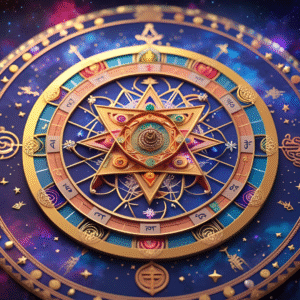 Personalized Yantra Prescription
Personalized Yantra Prescription  Marriage Compatibility Analysis (Guna Milan)
Marriage Compatibility Analysis (Guna Milan) 
